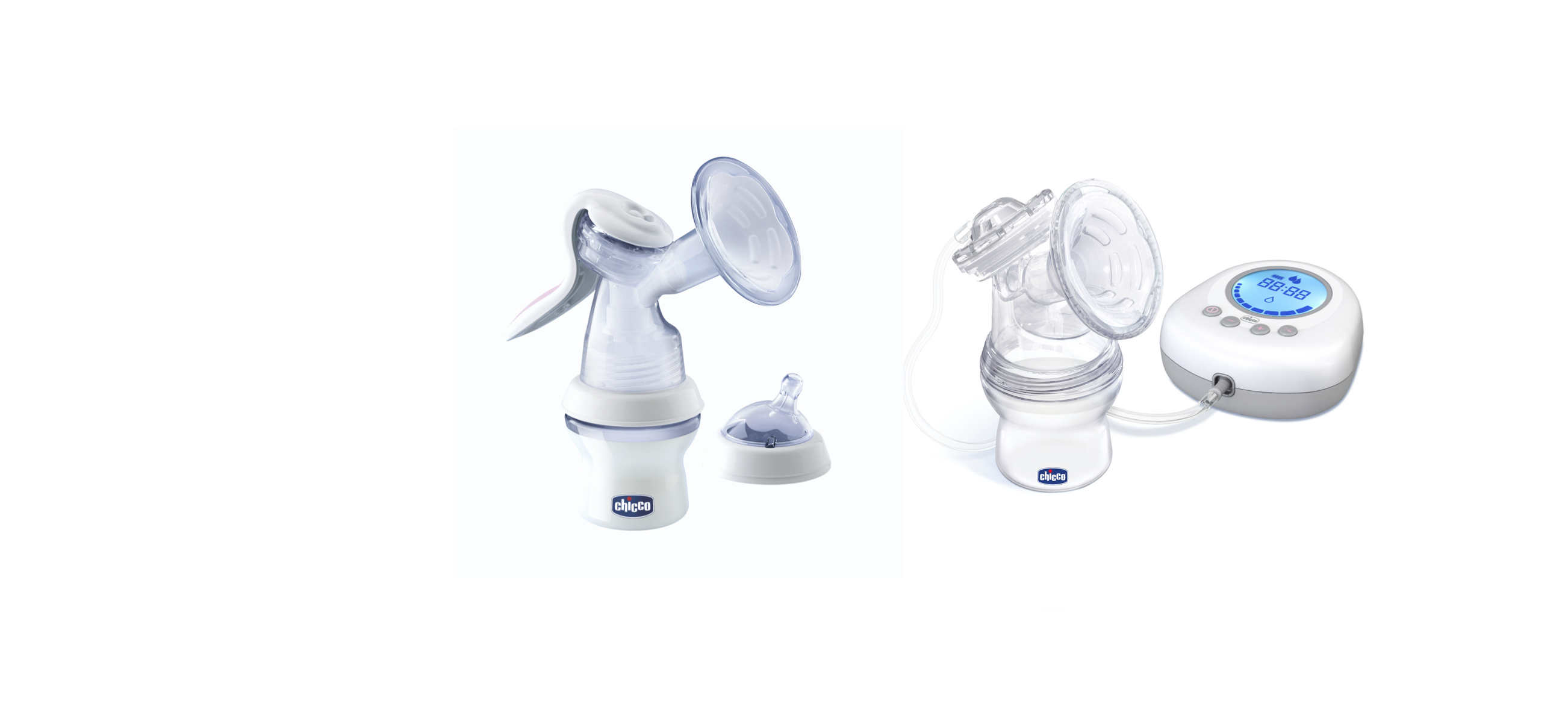
Pumping up your milk supply
World Breastfeeding Week (1 to 7 August) aims to highlight the benefits of breastfeeding babies, as well as the importance of supporting breastfeeding moms throughout their lactation journey. It also focuses on maternal health matters like good nutrition, poverty reduction and food security. Catherine Clark, Founder and Owner of The Harvest Table is no stranger to breastfeeding. With two children of her own (Josh, 12 and Ella, 9), she knows exactly how tough it is to be a new mom and the challenges that are part and parcel of this marathon. Catherine explains, “With your emotions running high due to the volatile cocktail of no sleep and raging hormones, it’s easy to feel like you’re on a rollercoaster with no end in sight. And, when it feels like your milk supply is dwindling, panic does tend to set in. But resist the urge to run away, rather try these tips from someone who has been there, done that, and got the milk-stained T-shirt!” Five tips to increase your milk supply: 1. Get enough sleep: A lack of sleep is one of the biggest culprits when it comes to low milk supply. Easier said than done? We all know that new moms don’t choose to skip naps, that’s why it’s vital that you try to sleep when your baby sleeps or ask a friend to babysit while you grab some much-needed oblivion. If you’re not getting sufficient sleep, you’ll naturally be more stressed, and the subsequent release of stress hormones will have the domino effect of reducing your milk supply and trapping you in a vicious cycle. 2. Pump between feeds: It’s a good idea to pump after every feed to ensure that both breasts are totally empty, as this is a trigger for your body to start producing more milk. It’s a simple case of supply and demand – the more milk your breasts need, the more they will make. 3. Offer both sides during feeding: Breastfeeding from both sides during feeds is said to encourage a stronger supply of milk. Do remember to alternate the breast you start the feeding on, each time you feed your baby. As the first breast usually gets the lion’s share of your baby’s attention, wear a hair scrunchie around your wrist to remind you which breast you finished off in the last feed so that you don’t keep starting on the same breast. 4. Eat lots of galactagogues (foods that increase breast milk supply): Breastfeeding is a hungry monster that requires a lot of fuel to produce quality milk. To give your body the best chance of producing great breast milk, include as many of the following in your daily diet as possible: bone broth, coconut, lentils, liver, oatmeal, garlic, chickpeas and sweet potatoes. Bone broth is one of the best superfoods full of gut-healing and body-boosting nutrients. Made by slow boiling bones in water for an extended period of time, the bones release their nutrients into the water, creating an extremely nutrient rich “broth”. But which new mom has the time to make her own bone broth?! Simply shop online and get yours delivered to your door by The Harvest Table. By adding bone broth powder to your soups, stews and sauces, you’ll give your milk supply a turbo boost. 5. Avoid too much of these: New moms should avoid large quantities of sage, peppermint, oregano, lemon balm, parsley, thyme, caffeine (in tea, carbonated drinks, chocolate, energy drinks and headache medicine), citrus juice, fresh tomatoes and alcohol, as these may result in a decreased milk production. Visit www.harvesttable.co.za to order your bone broth and other healthy products for the whole family.


































